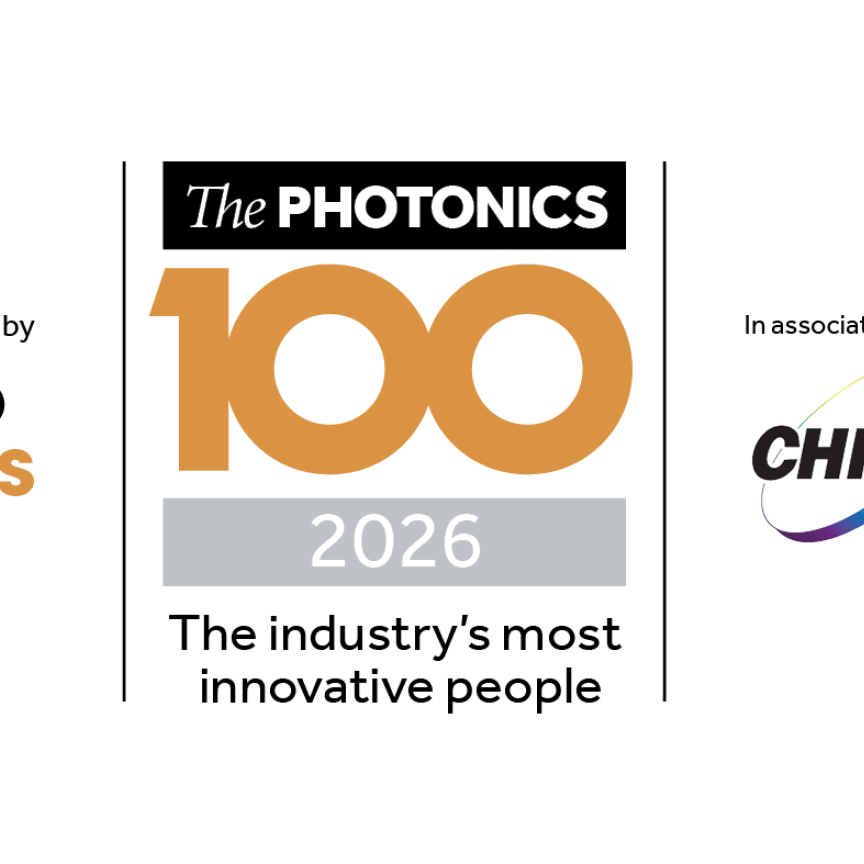Frank Smyth, the CTO of PIlot Photonics, will be presenting the 'Widely tunable C-band laser and module with nanosecond tuning and narrow linewidth' paper (co-authors include fellow Photonics100 honorees, Prof Liam Barry, of DCU, and SMART Photonics' Luc Augustin) at Photonics West on 1 February from 6pm to 8pm PST at the Moscone Center, Level 2 West. Electro Optics caught up with Frank at the end of 2022 as part of the Photonics100 judging process.
What is the next big thing in your area of photonics research?
We see huge opportunities for integrated optical comb lasers. The power of optical combs has long been recognised, but because they have tended to be large and bulky they have remained as lab instruments for the most part. Photonic integration is changing all of that and now optical combs can be delivered as a chip-scale component making them suitable for high volume applications for the first time. We see optical communications and mmWave photonics as massive opportunities for these PIC-based comb lasers but there are many more for examples: lidar, optical sensing & spectroscopy, precision timing.
What do you think the biggest challenges in your area of photonics will be over the next year?
Continuing to scale coherent optical transceiver bandwidth is becoming increasingly challenging. High-end transceivers currently operate around 90 - 120Gbaud, and there are efforts underway to reach up to 200Gbaud. But it is getting more and more challenging due to signal integrity issues, and the sheer cost and investment required to switch to new silicon nodes, and design ever faster DSPs. Our integrated comb lasers carry more data than a single mode laser can and help to overcome this challenge by parallelising the data stream. We believe the industry will need to move to multi-wavelength transceivers and we believe that combs are the most effective way to do so.
What is the biggest personal challenge you have overcome?
I have been very fortunate to not have met many significant personal challenges. There were certainly some challenging times in the early days of Pilot Photonics where funding was extremely tight, and where the advice from many sides was to shut the business down. I am quite resilient and resourceful (some might say stubborn) and fought hard to keep going, and I’m thankful I did. The company is now in a strong position, we have an excellent investor group led by Kernel Capital, and a really fantastic team that is firing on all cylinders and helping to deliver Pilot’s vision.
What advice would you give to someone embarking on a career in photonics research?
To make an impact, it is critical to understand the bigger picture. Early in your career in photonics research you can be a bit too focussed or even blinkered by your own research and the ideas or solutions you are working on. But it is important to understand the market very deeply if you want your research to make a difference. The telecoms industry, for example, is a juggernaut and it is very difficult to change its direction. Rather you need to spot opportunities where your research can intersect what is happening and add new value. You can have the best idea in the world, but if it doesn’t fit with existing investments and roadmaps, it is unlikely to succeed. So I advise young researchers, as well as the technical journals, they need to keep up with the trade press also. And at conferences and trade shows, they should spend lots of time on the show floor and engaging with the industry, and attending market-focused sessions as they do at pure technical sessions.
Who has been the biggest help to you in your career?
I find that different people help you at different stages of your career. Two of my co-founders, Prof Liam Barry and Dr Prince Anandarajah were a huge help throughout my PhD and continue to provide support and advice to this day. Dr Stan Lumish (ex CEO & chairman of Pilot Photonics), and Linda Doyle (now Provost of Trinity College Dublin), were important mentors to me at different stages. Pilot’s chairman, Denis Marnane, has been a big supporter from the outset of the company, and Pilot would not be around today if it was not for his guidance. And most recently, our CEO, William Oppermann, has been a huge help to me since joining the company in 2019. He has decades of experience and multiple business successes and helped the company in its transition from a university start-up into a commercial scale-up company which is a really challenging, but critical part of the journey.
Who, in your opinion, are the up-and-coming R&D ‘rock stars’?
We have a whole team of rock stars in Pilot Photonics' R&D team, but it is led by Dr Desi Gutierrez, who was our first employee and completed her PhD with the company, and now she is our Director of Photonics. She is incredibly knowledgeable, like an encyclopaedia of Pilot Photonics, but also extremely versatile. She up-skilled in record time from the systems-level expertise of her PhD, and evolved into a semiconductor and PIC design expert at a critical time for the company. Now she leads a team of PIC designers, RF designers and R&D engineers that are bringing Pilot’s comb-enhanced PICs into the world.
Where can people find you online?
LinkedIn is the best bet: https://www.linkedin.com/in/franksmyth/. More details are available at https://www.researchgate.net/profile/Frank-Smyth or on Google Scholar.
You can also see Frank in person at the European Conference on Optical Communication (ECOC), Optical Fiber Communication (OFC) Conference and Laser World of Photonics.
You can see Frank's Photonics100 listing here.


